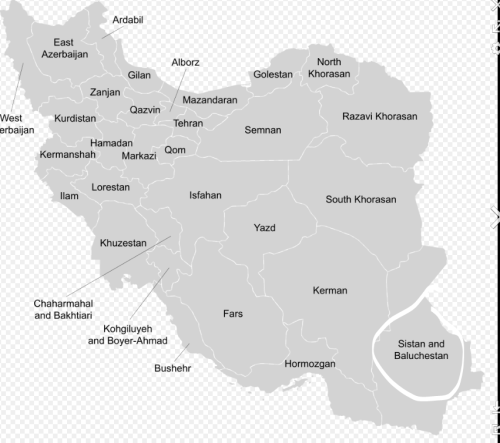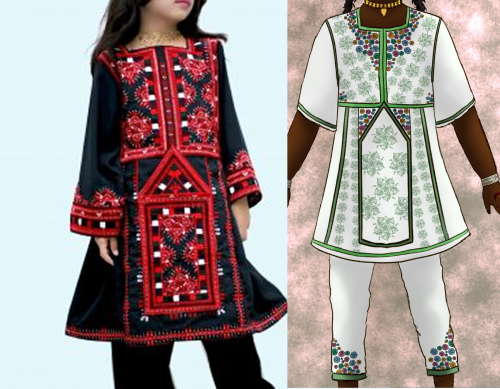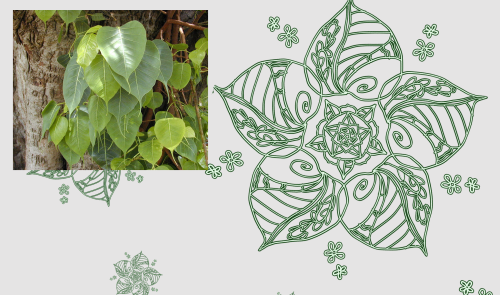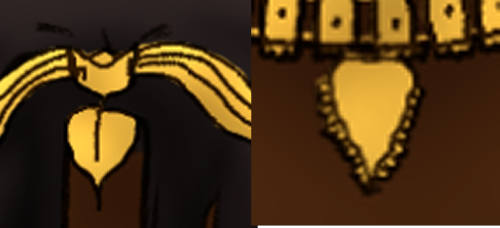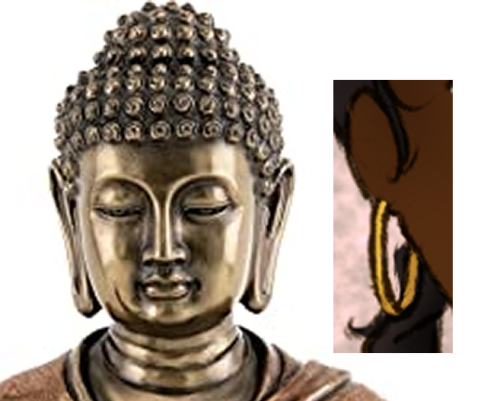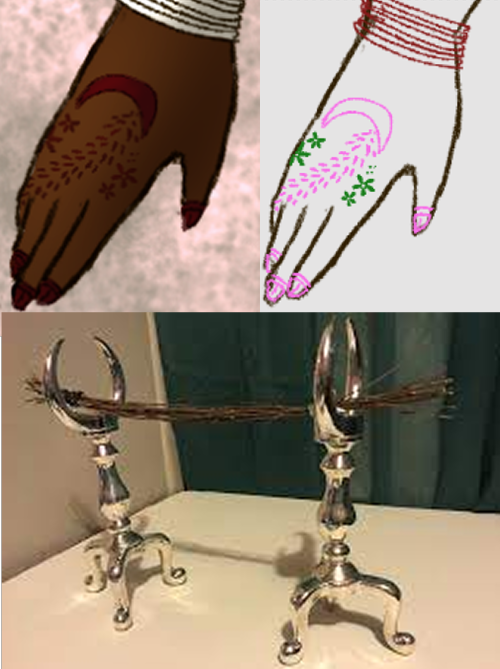Designer's Notes from Queenie-Arts!
Back to NahidaKusanali's name (via leakers), 'Nahida' is likely derived from 'Nahid', a derivative from the Zoroastrian goddess Anahita. However, the title 'Kusanali' itself is of buddhist origin, from the Jataka Tales specifically. Keeping both these names in mind, I wanted to make a design that referenced both Anahita and the Buddhist influence on Nahida.
The first step was figuring out how much influence Buddhism had on the Persian empire and it was.. not a lot. Only the eastern part of the empire was influenced to some small degree. I then narrowed down the time of spread to when the Parthian empire was a major power.
With an empire spreading all the way from modern day Iran to Pakistan, it should be obvious that the cultures it covered are all not the same, and this isn’t even getting into how diverse the ethinic groups are. We do not randomly mash the most 'aesthetic' cultures together here sir.
I was using the Buddhist hotspot city of Gandhara (marked roughly with the white X) as a point of reference for where to take design inspiration from.

